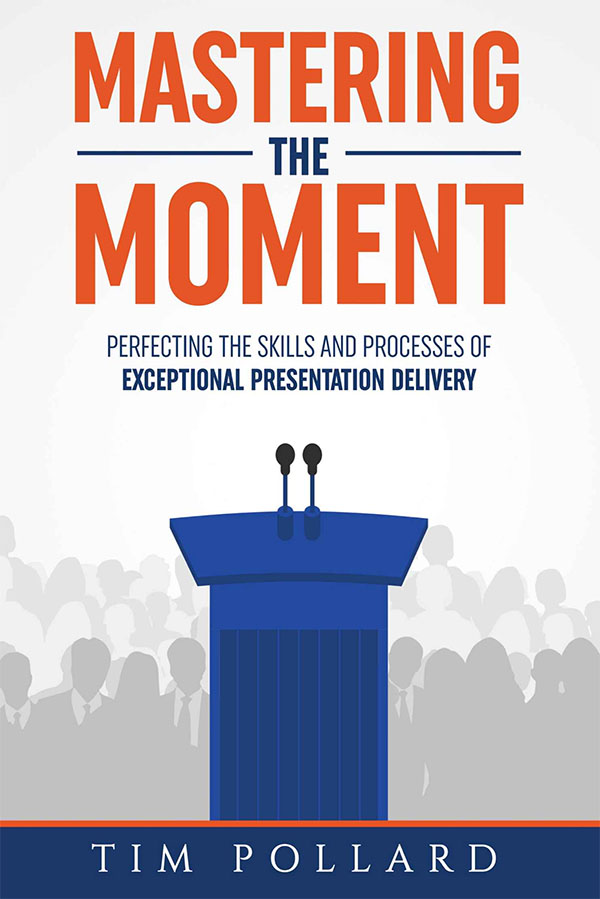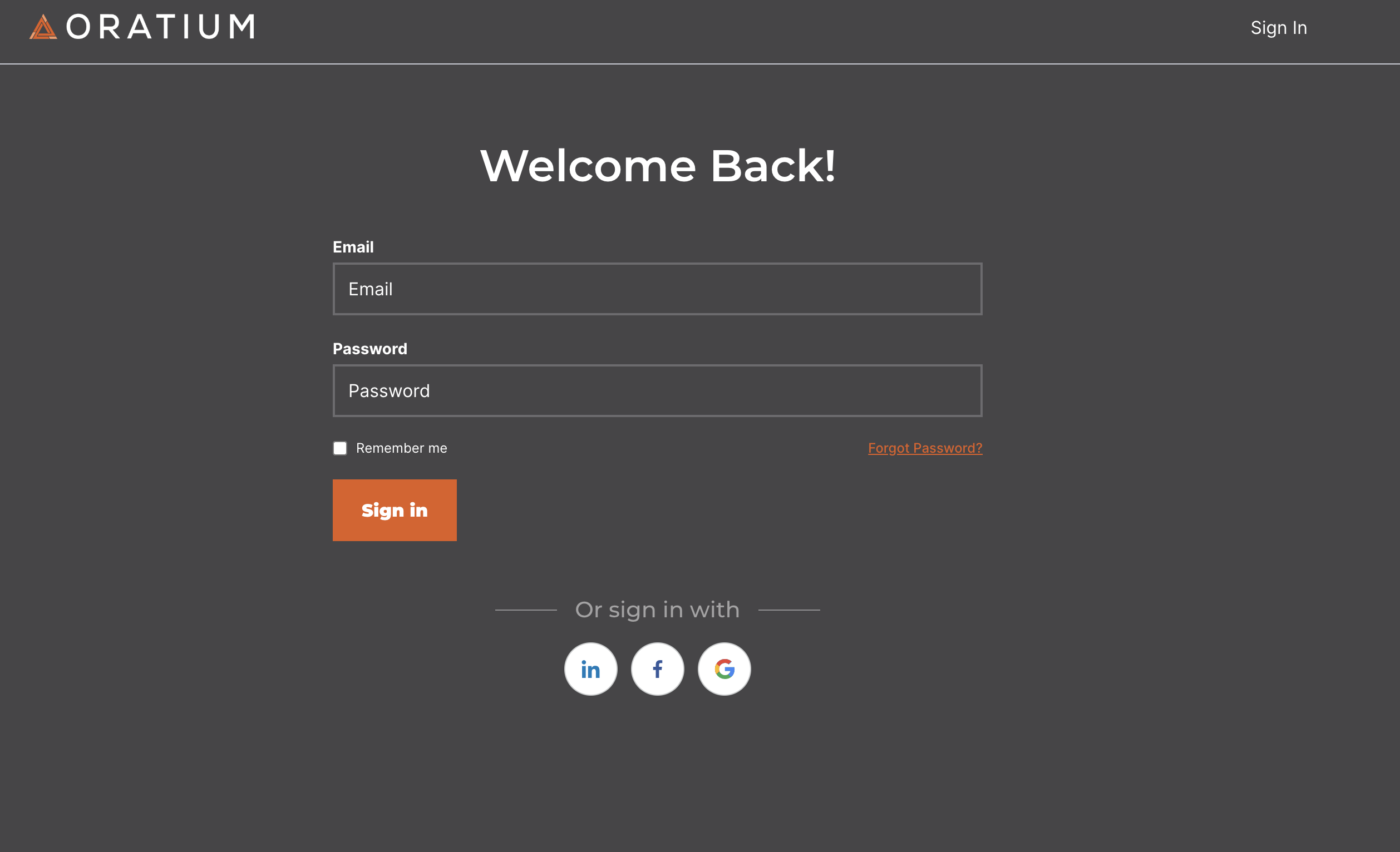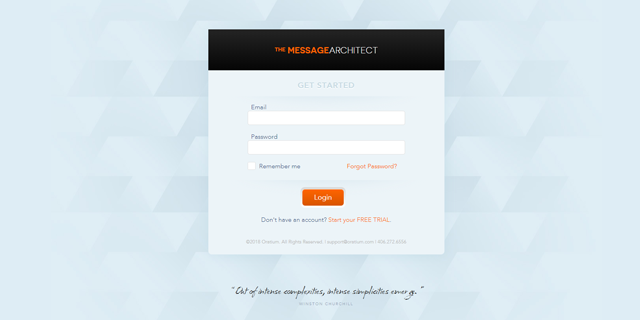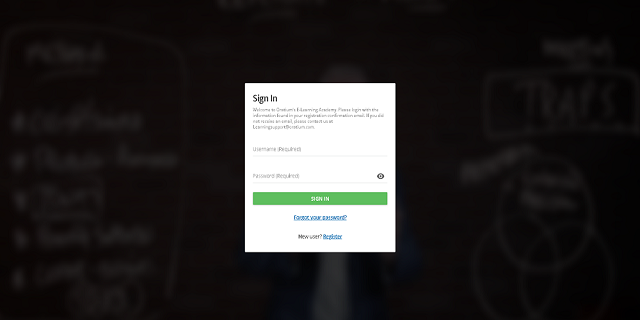Despite our best intentions, almost all presentations tend to revolve around the priorities and interests of the presenter.
There are many reasons why this happens, but the deepest root is the natural self-orientation that sits firmly at the core of the human psyche. We are most interested in ourselves and we struggle to see the world through the eyes of others. (It’s why we look for ourselves in a group photo. It’s why we struggle to adapt from singleness to marriage and why we excuse our own failings yet judge others for those very same failings.)
This tendency is perhaps most clearly seen in sales presentations. Despite a desire to focus on the customer, we struggle to really do it. The overwhelming majority of sales pitches we review are firmly built on the foundation of “who we are and what we do.”
We call this “sender-orientation,” and no matter how much we recognize it and TRY to embrace a more customer-focused approach, the gravitational pull of the comfort and familiarity of telling our story inevitably seems to drag us back.
This is a far more serious problem than we realize. While it may be easy and comfortable and familiar and SAFE to focus on ourselves, nothing disengages a busy customer faster than another supplier history lesson.
I guarantee that your customer really isn’t interested in the rags to riches story of your plucky German founder, or of how many employees you have in Cleveland. And yet over 90% of sales presentations begin this way.
So…what’s the answer? Well, if we all agree philosophically on customer centricity, and that the struggle is practical application, then the only useful answer must be a PRACTICAL one.
And here it is: in our view, the golden key to this particular dungeon door is the customer’s problem. When a sales pitch is anchored in the customer’s problem, the entire discussion completely re-orientates. By opening and lingering on the problem, you create truly fertile ground for an amazing sales conversation (which is one reason why CEB’s “Challenger Sale” work is so important to understand).
How do you do it? I just used two critical words. OPEN and LINGER.
We OPEN with the problem because in any sales conversation there’s a short window in which the customer is deciding how much mental space to give this discussion. By making it about the customer from the outset, the seller sends a powerful signal that this is a very different discussion, and worthy of their engagement.
We unfailingly teach our clients to design sales messaging that opens this way, and one of the most common pieces of post-launch feedback we hear about the new messaging is just how shocking – and refreshing – this orientation is to the customer.
We LINGER on the problem for a different reason. By spending time unraveling the problem’s various facets, we lay some important sales foundations. Not only is this a great source of credibility for the supplier, but even more importantly, the customer’s willingness to act is very much dependent on their perception of the seriousness of their problem.
For this reason, one of the deadliest mistakes made in sales is to assume that the customer understands their problem, OR to assume that they realize how serious it is. In our experience it’s rare for customers to fully understand their problem, and sometimes they are barely aware of it at all.
If the sales conversation fails to set the anchor properly here, then everything that follows in the conversation is truly built on sand. If I don’t think I have a serious problem, I have little reason to add the disruption of adopting your solution to my already packed schedule. (This explains one of sales’ greatest frustrations… why sales conversations that felt GREAT just never go to the next step.)
I read a quote recently that’s usually attributed to Einstein, although it’s more likely the utterance of an (unknown) Yale professor.
“If I had an hour to solve a problem, I’d spend 55 minutes thinking about the problem and 5 minutes thinking about solutions.”
Perhaps a little extreme…but only a little. In sales messaging, that is SURPRISINGLY close to what an early stage discussion should feel like.




